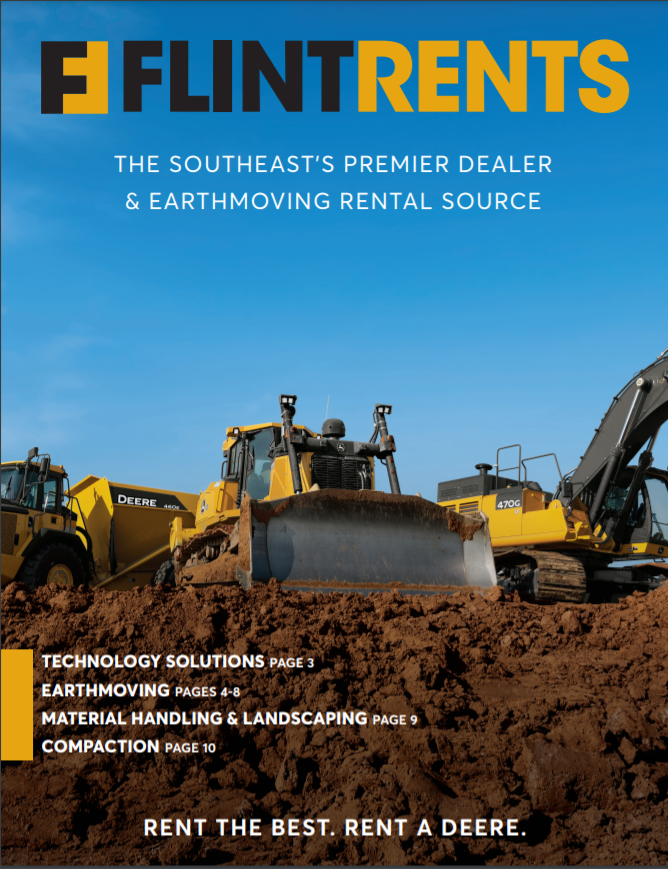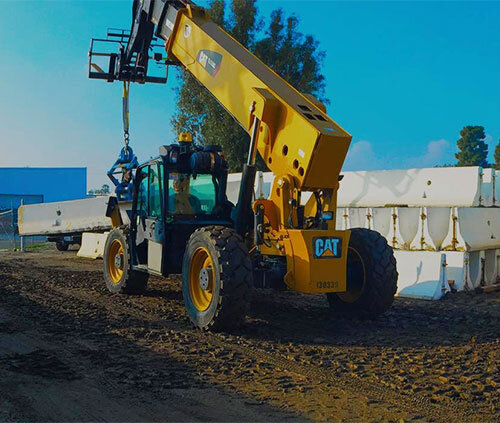Boom Lift Rental: Budget-friendly and Trusted Lifts for Any Job
Optimize Your Budget Plan by Comprehending the Costs Linked With Building Equipment Services
Understanding the complete range of costs linked with building tools rentals is crucial for optimizing your budget. While the first rental charge might appear uncomplicated, various added costs-- such as transport, fuel surcharges, and upkeep-- can swiftly accumulate, affecting your financial planning. Being aware of different fees and the intricacies of rental contracts can aid avoid unforeseen economic concerns. What techniques can be used to effectively handle these prices and make certain an extra efficient rental experience?
Introduction of Rental Costs
When taking into consideration building and construction devices services, comprehending the linked expenses is extremely important for efficient budgeting and project preparation. Rental costs can vary significantly based on a number of factors, consisting of tools type, period of service, and area. The preliminary rental cost frequently mirrors the equipment's market demand and its connected functional capabilities, affecting the total expenditure.
In enhancement to the base rental price, secondary prices may develop, such as transport fees, gas additional charges, and upkeep charges. It is necessary to make up these additional expenses to properly evaluate the overall price of renting out equipment. Additionally, the rental period can affect rates; longer services might receive discounted prices, while short-term rentals might incur higher everyday fees.

Failure of Rental Prices
A thorough understanding of rental rates is essential for professionals and project supervisors intending to enhance their budget plans. Rental prices for building and construction equipment commonly include a number of parts, including base prices, time-based charges, and usage fees.
Base rates are the core charges linked with the service of the equipment, frequently figured out by the kind and dimension of the equipment. These prices can vary significantly, affected by variables such as tools need, availability, and regional market trends. Time-based fees, which may be daily, weekly, or monthly, offer to suit different task timelines and rental durations.
Furthermore, rental rates might include use fees, which apply when tools is used beyond a defined threshold, guaranteeing that the rental business can represent damage. Seasonal need fluctuations can likewise affect rental rates, with peak construction seasons typically commanding greater prices.
Additionally, comprehending the rental business's policies pertaining to upkeep and insurance can supply further understanding into the overall price structure. By examining these elements, contractors can make educated decisions, making sure the option of rental devices aligns with both job demands and spending plan restrictions.
Added Charges to Take Into Consideration
Understanding the details of extra fees is vital for specialists to manage their overall service expenditures successfully. Beyond the standard rental rates, various additional fees can substantially influence the overall expense of devices rental. These fees frequently include delivery and pick-up fees, which can vary based on range and logistics associated with delivering the devices to and from the task site.
Moreover, some rental firms might impose fuel additional charges if the tools is returned with less fuel than when rented out. It is also necessary to be aware of potential cleansing charges, particularly for customized equipment that requires thorough upkeep after use.

Completely evaluating the rental arrangement and clearing up these additional charges upfront can assist professionals stay clear of unforeseen costs and make sure that spending plans stay undamaged throughout the job lifecycle.
Repair And Maintenance Expenditures
Normal maintenance and repair service expenses are commonly neglected aspects that can substantially affect the overall expense of construction devices services. When renting devices, it is essential to think about not just the rental fees however additionally the potential prices connected with maintaining the equipment in optimal operating condition.
Lots of rental business consist of basic upkeep as part of the rental arrangement; however, much more comprehensive repair work or unexpected malfunctions can lead to extra expenses. It's vital to assess the rental contract thoroughly to understand what upkeep services are covered and what duties fall on the renter.
Moreover, devices that is not well-kept can result in ineffectiveness on the job site, potentially boosting and creating hold-ups job costs. To mitigate these risks, it is advisable to conduct regular inspections and keep open interaction with the rental provider regarding any issues that occur during usage.
Insurance Policy and Obligation Expenses
Insurance policy and responsibility prices are important elements that can substantially impact read this the overall expenditure of building and construction tools leasings (heavy equipment rental). These prices make sure that both the rental company and the customer are shielded from prospective financial losses developing from mishaps, damages, or theft during the rental period

Additionally, clients need to be mindful of any deductibles or exclusions in the insurance coverage, as these can impact potential out-of-pocket costs. Understanding the conditions of any insurance protection is essential to avoid unforeseen costs. Ultimately, budgeting for insurance policy and liability expenditures can help make sure a smoother rental experience and secure against financial dangers related to construction jobs.
Final Thought
In conclusion, an extensive understanding of the costs connected with building and construction tools rentals is important for effective spending plan monitoring. By evaluating rental rates, extra fees, upkeep expenditures, and insurance policy needs, companies and individuals can decrease unexpected expenses. This critical strategy not only boosts cost-effectiveness yet also ensures that projects progress efficiently and successfully. Inevitably, informed decision-making pertaining to tools rentals contributes to the overall success of construction endeavors.
Rental prices can vary considerably based on several variables, including equipment kind, duration of leasing, and location (scissor lift rental). The rental period can influence pricing; longer services may certify for discounted prices, while short-term services might sustain greater everyday costs
By carrying out comprehensive research study and involving with credible rental companies, professionals can effectively browse the intricacies of rental prices, inevitably maximizing their monetary sources.
Beyond the typical rental rates, different supplementary fees can significantly affect the total price of equipment leasing. Rental firms frequently supply liability insurance policy that covers injuries to third events or damage to building, while equipment damage insurance coverage can cover the price of repair services or substitute if the rented devices large machinery is damaged.